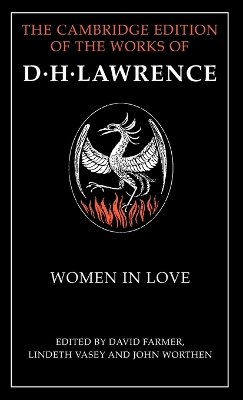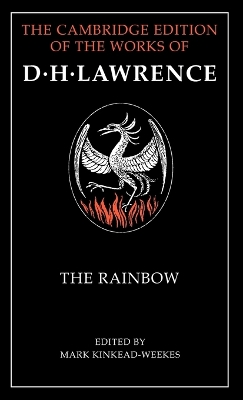York Notes
3 total works
D. H. Lawrence's Women in Love - 'the beginning of a new world', as he called it - suffered in the course of its revision, transcription, and publication some of the most spectacular damage ever inflicted upon one of his books. Until now no text of Women in Love has ever been published which is faithful to all of Lawrence's revisions. This edition, edited by scholars in England and America, clears the text of literally thousands of accumulated errors allowing its readers to read and understand the novelist's work as he himself created it. The edition includes the 'Foreword' Lawrence wrote in 1919 and two preliminary and discarded chapters which have attracted widespread critical and biographical discussion. The introduction gives a full history of the novel's composition, revision, publication and reception, and notes explain allusions and references; the textual apparatus records all variants between the base-text and the first printed editions.
Tess is driven by poverty into the service of her wealthy relations. Her lowly position leads her to become the victim of her cousin Alec, her seducer and her nemesis. When she marries Angel Clare, who is himself far from innocent, she confesses her past, but Clare is unforgiving and cruelly leaves her to face her destiny alone. This unforgettable novel exhibits the hallmarks of Hardy's best art: a keen sense of tragedy and a sharp critique of social hypocrisy. This newly edited edition contains the original Prefaces and a map outlining the topography of Tess's wanderings.
D. H. Lawrence expected The Rainbow to have 'a bit of a fight' before it was accepted, but 'The fight will have to be made, that is all'. It was suppressed, just over a month after publication, in November 1915. The American publisher would make thirteen further cuts and 'dribble out' the book quietly. In 1930 the British government would again consider suppressing a new printing of The Rainbow. Professor Mark Kinkead-Weekes gives the composition history and collates the surviving states of the text to assess the damage done to Lawrence's novel, and to provide a text as close to that which the author wrote as is now possible. The final manuscript, revisions in the typescript and the first edition are recorded in full in the textual apparatus so the reader can follow the novel's development and evaluate what outside interference may have done to it. Also included are explanatory notes to historical references and allusions, and an interior chronology of the book itself.


